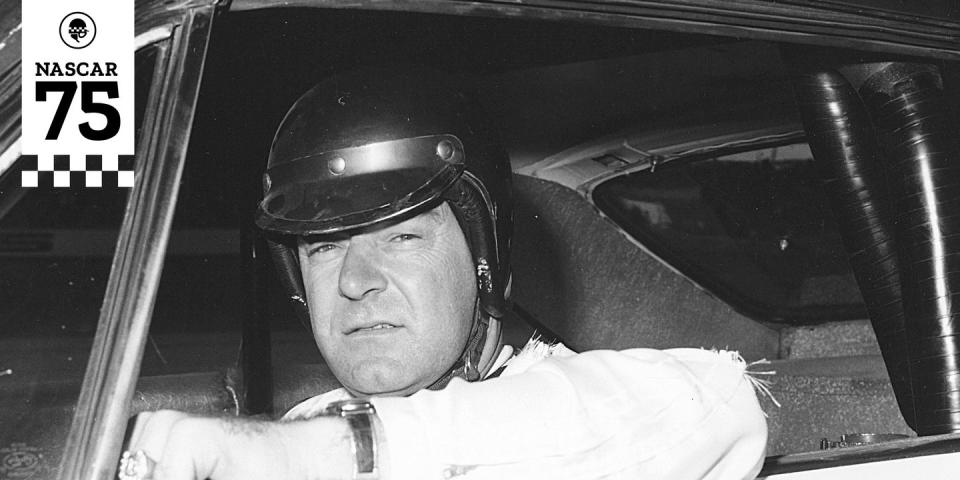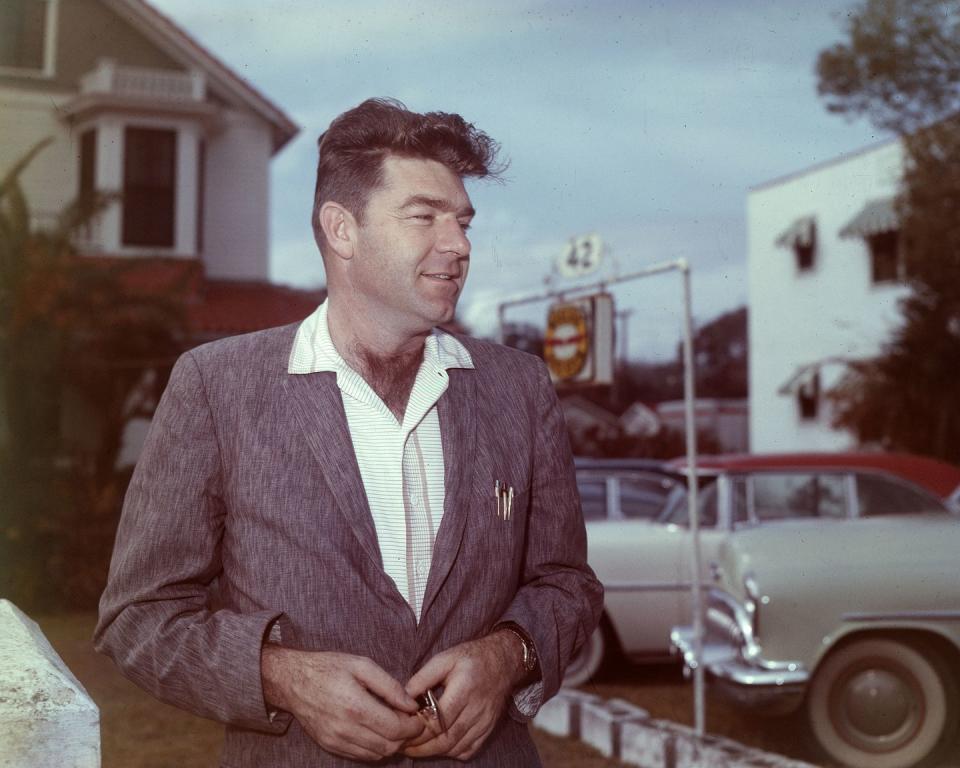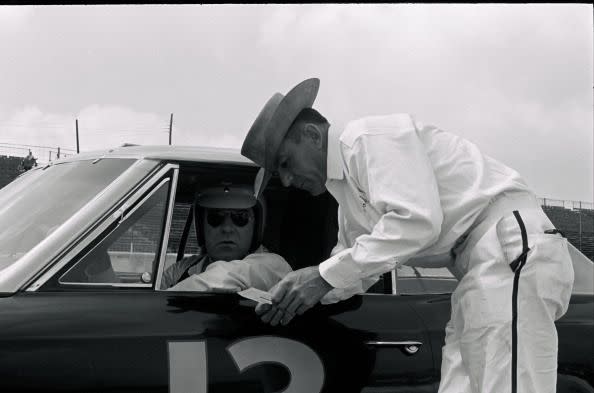How Curtis Turner Roared Back After Being 'Banned for Life' by NASCAR in 1961

Curtis Turner was was banned for life, along with Tim Flock, by NASCAR chairman and founder Bill France Jr. in 1961 for attempting to organize a driver’s union.
Turner had his ban lifted in 1965, not long after the deaths of Joe Weatherly and Fireball Roberts.
Turner would eventually be acknowledged as one of the sport’s 50 greatest drivers.
If there ever was an example of redemption and second chances earned in NASCAR, it was Curtis Morton Turner.
The Floyd, Virginia, native was banned for life, along with Tim Flock, by NASCAR chairman and founder Bill France Jr. in 1961 for attempting to organize a driver’s union (which ultimately failed miserably as virtually every driver chose to remain with NASCAR).
However, due to the deaths of two of NASCAR’s most popular drivers—and Turner’s closest friends—Joe Weatherly and Fireball Roberts, less than five months apart in 1964, it prompted France to lift the lifetime ban against Turner in 1965 (Flock was reinstated in 1966).

The layoff from NASCAR apparently didn’t hurt Turner, as he won his seventh race back in the series in the inaugural American 500 at North Carolina Motor Speedway in Rockingham, North Carolina in September 1965.
Turner would eventually be acknowledged as one of the sport’s 50 greatest drivers in 1998 and was rightfully inducted into the NASCAR Hall of Fame in 2016.
Turner was practically a NASCAR prototype, born into a family of moonshiners, led by his father, Morton. Long before he could even qualify for a driver’s license, young Curtis was transporting cases of his father’s “’shine” around Virginia. Legend has it that Turner was chased by police numerous times throughout the mountains of southwestern Virginia but was never caught, making him somewhat of a local legend, much to the chagrin of police and “revenuers.”
After carving out a successful career racing primarily in Virginia and North Carolina, Turner was among a select few who were invited to attend the formation of NASCAR at the Streamline Hotel in Daytona Beach, Fla. Turner took to racing in NASCAR like a duck to water, earning 38 victories in the Convertible Division (in just four seasons) and 17 in the Grand National Series.
Turner drove for a number of legendary teams including Holman-Moody, Wood Brothers and Smokey Yunick, and set a number of records, including winning 25 races in the same year and in the same car (!!) in 1956, including a triumph in the Southern 500 at Darlington.

And in perhaps one of the most auspicious finishes in NASCAR history, Turner was red-flagged and earned the victory, even though he ran 19 less laps than the scheduled 200-lap event at Asheville-Weaverville (N.C.) on Sept. 30, 1956 because he was the only car still running at the end.
Turner was also one of the key members to design, help finance and build Charlotte Motor Speedway, which opened in 1960. Unfortunately, he and others lost their shares in the track when it was forced to settle for bankruptcy. But he managed to regain some shares and remains to this day one of the few drivers who not only drove, but also was a key racetrack operator.
In 1968, he became the first NASCAR driver to appear on the cover of Sports Illustrated.
Sadly, tragedy struck Turner’s life as it did Weatherly and Roberts, only instead of on a racetrack, Turner was killed along with pro golfer Clarence King in an airplane crash near Punxsutawney, Pa. on Oct. 4, 1970.
Follow Autoweek correspondent Jerry Bonkowski on Twitter @JerryBonkowski

 Yahoo Autos
Yahoo Autos 